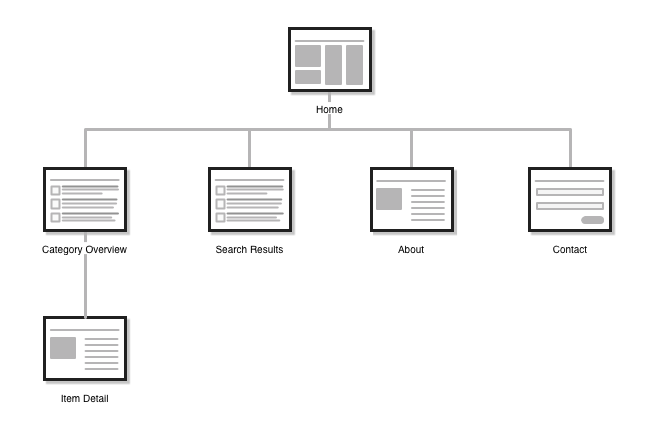The course I am taking on UX Design has us working on both information architecture hierarchy documents as well as site maps but they don’t explain the difference and some of the course content seems to imply they are the same thing or at least they don’t make clear the distinctions. If you put the two documents side by side what would be the difference between the two for the same site or app?
I was postulating that maybe the difference is, bottom line, that an IA hierarchy document is about content types or categories while a site map document is about how one would navigate to that content but I’m not sure. Both documents present organizational structures for content.
Could one say that the IA document is about the content types or categories your site will have as in “my site will have page about dogs” while the site map shows where the dog content will be located in your Pet Store’s web site hierarchy and how users will be able to navigate to it?
BONUS POINTS: Should the FUNCTIONS one can do on a site or an app be part of either
- an Information Architecture document OR
- card sorting exercise OR
- a site map OR
- all three?
By function, I mean like in a task management app, being able to attach a document to a task you’ve created is a function.


